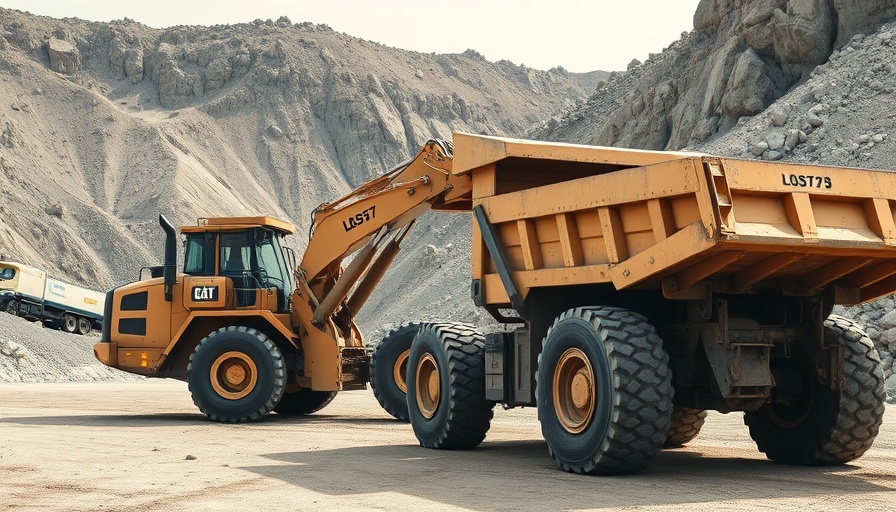
A Legacy Built from Stones
The roots of Mulzer Crushed Stone run deep within the Ohio River Valley. Founded in 1935 by three entrepreneurial brothers, Arnold, Roland, and Edgar Mulzer, the company has transcended its humble beginnings to become the premier supplier of aggregate materials in the region. When post-war demand surged, the brothers ventured into the limestone industry in 1946, heeding the call for infrastructure development.
Strategic Adaptations and Growth
Historically, Mulzer has always been ahead of the curve—recognizing the seasonality in limestone quarrying, they ingeniously diversified by mining coal during winter months. This innovative pivot not only stabilized employment but set the tone for a company ethos focused on adaptability and continuous growth. With an eye on future contributions, Mulzer acquired more quarries throughout the years, enabling their participation in significant projects, including the Newburgh Locks and Dam.
A New Era Under CRH
In 2017, Mulzer’s strategic partnership with CRH, a global leader in building materials, brought new resources and expertise while ensuring respect for the Mulzer legacy. This merger has proven invaluable as it allows the company to leverage CRH's capabilities while maintaining its strong local presence. President Ken Mulzer affirms this, stating that the motto “do business locally everywhere” remains central to all operations, ensuring community ties are as strong as the aggregates they provide.
Innovations on the Horizon
As the construction sector increasingly leans towards sustainable practices, Mulzer is embarking on a massive upgrade of its flagship quarry in Leavenworth, Indiana. This phased upgrade promises to enhance processing capabilities while embracing eco-friendly technologies—like reducing carbon emissions and optimizing resource utilization. As they move forward, they are determined to provide a wider variety of custom aggregate products across a five-state area.
Passion for Community and Environment
Mulzer Crushed Stone is not just about business; they emphasize social responsibility through various community engagement activities. Recent fundraisers have showcased their commitment to local causes, such as raising over $33,000 for the Perry County Habitat for Humanity. Events like these underline the company's belief that a corporation can play an active role in uplifting its community, an ethos carried forth from the founding Mulzer brothers to the present generation.
The Mulzer Family Legacy Continues
As the legacy continues into its fourth generation, with Ken's son stepping into a leadership role, there’s a palpable excitement for the future. With innovative projects on the table, a focus on sustainability is guiding their path forward. The Mulzer family embodies a blend of rich history, community loyalty, and forward-thinking strategies—ensuring that this local gemstone continues to shine brightly in the industry for years to come.
To delve deeper into the innovations and community initiatives led by Mulzer, consider reaching out and learning how their operations are modernizing with an eye to environmental impact.
 Add Row
Add Row  Add
Add 




Write A Comment